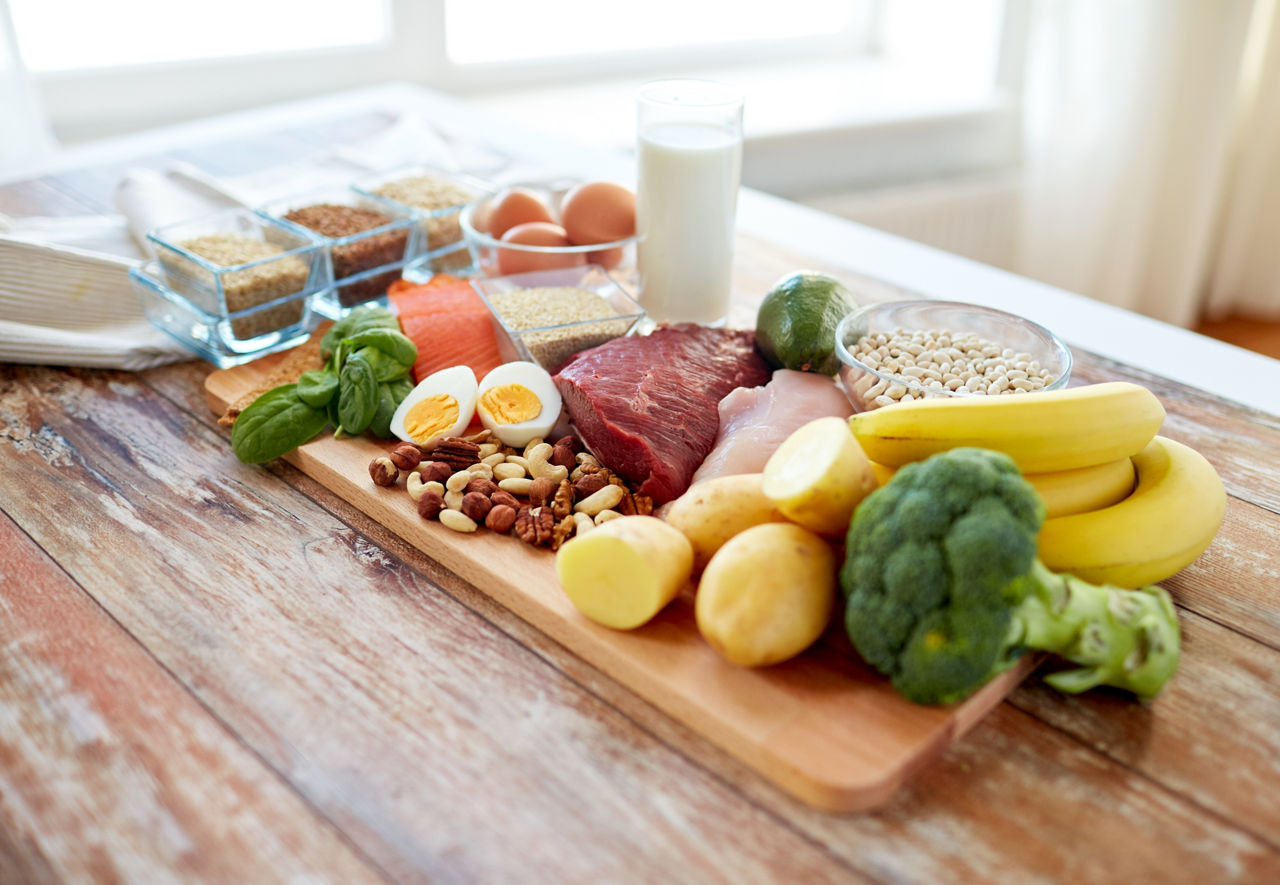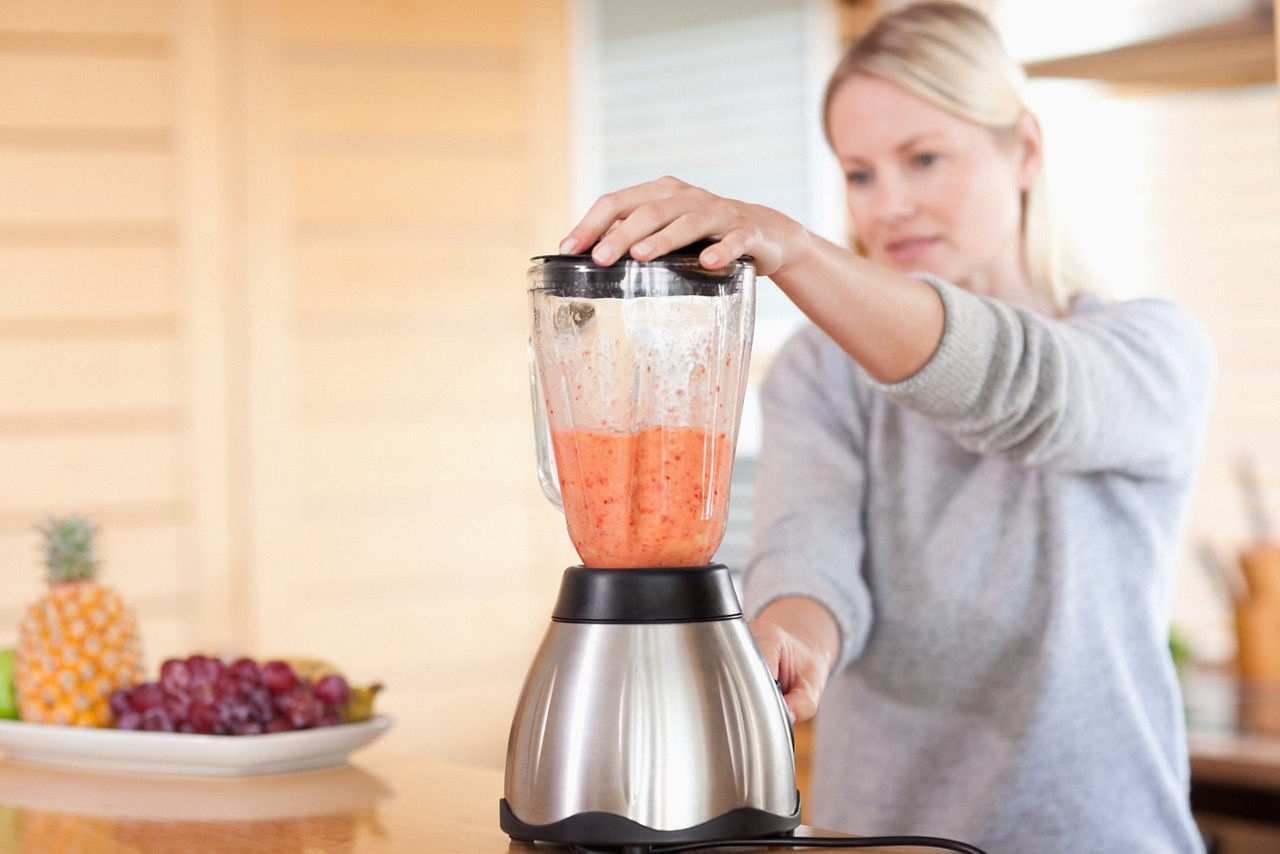Latest Irish dietary guidelines for toddlers and pre-school children - Foods & food groups
Read the latest scientific recommendations for Food Based Dietary Guidelines for 1-5 year olds in Ireland.

Please log in to access this content
Simply log in or register to Nutricia Academy today to access this content as well as a host of other trusted education resources.

Latest scientific recommendations for Food Based Dietary Guidelines for 1-5 year olds in Ireland.
The diet of 1-5 year olds involves a transition from what was a predominantly milk-based diet to one which includes foods from all five food groups. The FSAI has published new scientific recommendations for Food Based Dietary Guidelines for 1-5 year olds in Ireland1.
Food-based dietary recommendations
The recommendations outlined below should be considered in their totality, i.e. the recommendations are not independent of each other.
Variety
A wide variety of foods should be included in order to increase acceptability of, and familiarisation with, foods that are part of a lifelong healthy diet.
Milk is a key food in the diets of toddlers and pre-school children
An important source of a range of nutrients, including protein, and is a critical source of calcium.
Recommended:
🗸 Daily intake of 550 mL of milk, or equivalent amounts of yogurt or cheese (200 mL of milk = 150 mL of yoghurt = 30 g of cheese)
🗸 Plant based milk replacement beverages (e.g. soya ‘milk’) can be used to replace cow’s milk, provided they are fortified with the same level of nutrients, particularly calcium.
✗ Rice, coconut and almond milks = Not recommended (they are nutritionally inadequate)
🗸 For 1-3yrs: (while not necessary) fortified full-fat milk, follow-on formula and young child formula (e.g. toddler milks) will contribute to the intake of three key nutrients (iron, vitamin D and n-3 polyunsaturated fatty acids)
Breads, cereals, potatoes, pastas and rice
An important source of calories and fibre.
Recommended:
🗸 Combination of both white and wholemeal breads, cereals, potatoes, pastas and rice will provide adequate fibre.
🗸 For children prone to constipation, an increased proportion of these foods can be given as wholemeal varieties.
🗸 Breakfast cereals fortified with iron and vitamin D.
Vitamin C containing fruit / vegetables + iron-fortified cereal = increase iron absorption.



